Noise Attenuation Performance of a Helmholtz Resonator Array Consist of Several Periodic Parts
Abstract
:1. Introduction
2. Theoretical Analysis of a Periodic Helmholtz Resonator Array
2.1. A Single Helmholtz Resonator
2.2. Theoretical Analysis of a Periodic Helmholtz Resonator Array
3. Theoretical Analysis of a Helmholtz Resonator Array Consist of Several Periodic Parts
4. Results and Discussion
4.1. Validation of the Theoretical Predicitons of a Periodic Helmholtz Resonator Array
4.2. Validation of the Theoretical Predicitons of a Helmholtz Resonator Array Consist of Serveral Periodic Parts
5. Conclusions
Author Contributions
Conflicts of Interest
References
- Fong, M.L.; Lin, Z.; Fong, K.F.; Hanby, V.; Greenough, R. Life cycle assessment for three ventilation methods. Build. Environ. 2017, 116, 73–88. [Google Scholar] [CrossRef]
- Ai, Z.T.; Mak, C.M.; Cui, D.J.; Xue, P. Ventilation of air-conditioned residential buildings: A case study in Hong Kong. Energy Build. 2016, 127, 116–127. [Google Scholar] [CrossRef]
- Mak, C.M.; Wu, J.; Ye, C.; Yang, J. Flow noise from spoilers in ducts. J. Acoust. Soc. Am. 2009, 125, 3756–3765. [Google Scholar] [CrossRef] [PubMed]
- Mak, C.M.; Wang, Z. Recent advances in building acoustics: An overview of prediction methods and their applications. Build. Environ. 2015, 91, 118–126. [Google Scholar] [CrossRef]
- Fry, A. Noise Control in Building Services, 1st ed.; Pergamon Press: Oxford, UK, 1987; pp. 23–38. [Google Scholar]
- Ingard, U. On the theory and design of acoustic resonators. J. Acoust. Soc. Am. 1953, 25, 1037–1061. [Google Scholar] [CrossRef]
- Cai, C.; Mak, C.M.; Shi, X. An extended neck versus a spiral neck of the Helmholtz resonator. Appl. Acoust. 2017, 115, 74–80. [Google Scholar] [CrossRef]
- Tang, P.K.; Sirignano, W.A. Theory of a generalized Helmholtz resonator. J. Sound Vib. 1973, 26, 247–262. [Google Scholar] [CrossRef]
- Selamet, A.; Ji, Z.L. Circular asymmetric Helmholtz resonator. J. Acoust. Soc. Am. 2000, 107, 2360–2369. [Google Scholar] [CrossRef] [PubMed]
- Bradley, C.E. Time harmonic acoustic Bloch wave propagation in periodic waveguides. Part I. Theory. J. Acoust. Soc. Am. 1994, 96, 1844–1853. [Google Scholar] [CrossRef]
- Bradley, C.E. Time harmonic acoustic Bloch wave propagation in periodic waveguides. Part II. Experiment. J. Acoust. Soc. Am. 1994, 96, 1854–1862. [Google Scholar] [CrossRef]
- Seo, S.H.; Kim, Y.H. Silencer design by using array resonators for low-freqeuncy band noise reduction. J. Acoust. Soc. Am. 2005, 118, 2332–2338. [Google Scholar] [CrossRef]
- Wang, X.; Mak, C.M. Acoustic performance of a duct loaded with identical resonators. J. Acoust. Soc. Am. 2012, 131, EL316–EL322. [Google Scholar] [CrossRef] [PubMed]
- Cai, C.; Mak, C.M. Noise control zone for a periodic ducted Helmholtz resonator system. J. Acoust. Soc. Am. 2016, 140, EL471–EL477. [Google Scholar] [CrossRef] [PubMed]
- Cai, C.; Mak, C.M.; Wang, X. Noise attenuation performance improvement by adding Helmholtz resonator on the periodic ducted Helmholtz resonator system. Appl. Acoust. 2017, 112, 8–15. [Google Scholar] [CrossRef]
- Seo, S.H.; Kim, Y.H.; Kim, K.J. Transmission loss of a silencer using resonator arrays at high sound pressure level. J. Mech. Sci. Technol. 2016, 30, 653–660. [Google Scholar] [CrossRef]
- Richoux, O.; Lombard, B.; Mercier, J.F. Generation of acoustic solitary waves in a lattice of Helmholtz resonators. J. Wave Motion 2015, 56, 85–99. [Google Scholar] [CrossRef]
- Langley, R.S. Wave transmission through one-dimensional near periodic structures: Optimum and random disorder. J. Sound Vib. 1995, 188, 717–743. [Google Scholar] [CrossRef]
- Selamet, A.; Dickey, N.S. Theoretical, computational and experimental investigation of Helmholtz resonators with fixed volume: Lumped versus distributed analysis. J. Sound Vib. 1995, 187, 358–367. [Google Scholar] [CrossRef]
- Ji, Z.; Sha, J. Four-pole parameters of a duct with low Mach number flow. J. Acoust. Soc. Am. 1995, 98, 2848–2850. [Google Scholar]
- Munjal, M.L. Acoustic of Ducts and Mufflers, 1st ed.; John Wiley & Sons: New York, NY, USA, 1987; pp. 75–84. [Google Scholar]
- Yun, Y.; Mak, C.M. A study of coupled flexural-longitudinal wave motion in a periodic dual-beam structure with transverse connection. J. Acoust. Soc. Am. 2009, 126, 114–121. [Google Scholar] [CrossRef] [PubMed]
- Sugimoto, N.; Horioka, T. Dispersion characteristics of sound waves in a tunnel with an array of Helmholtz resonators. J. Acoust. Soc. Am. 1995, 97, 1446–1459. [Google Scholar] [CrossRef]
- Thompson, L.L. A review of finite-element methods for time-harmonic acoustics. J. Acoust. Soc. Am. 2006, 119, 1315–1330. [Google Scholar] [CrossRef]
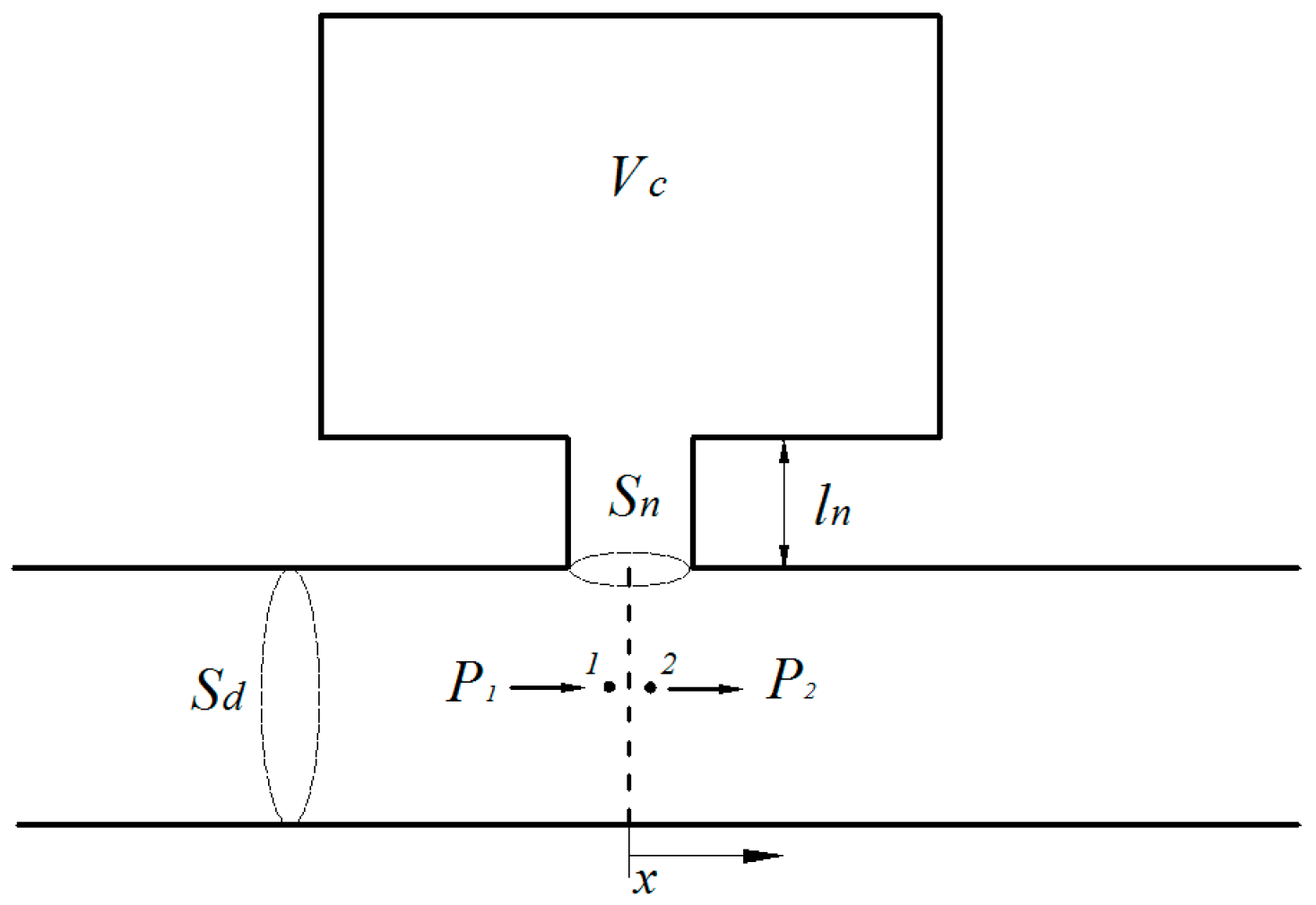


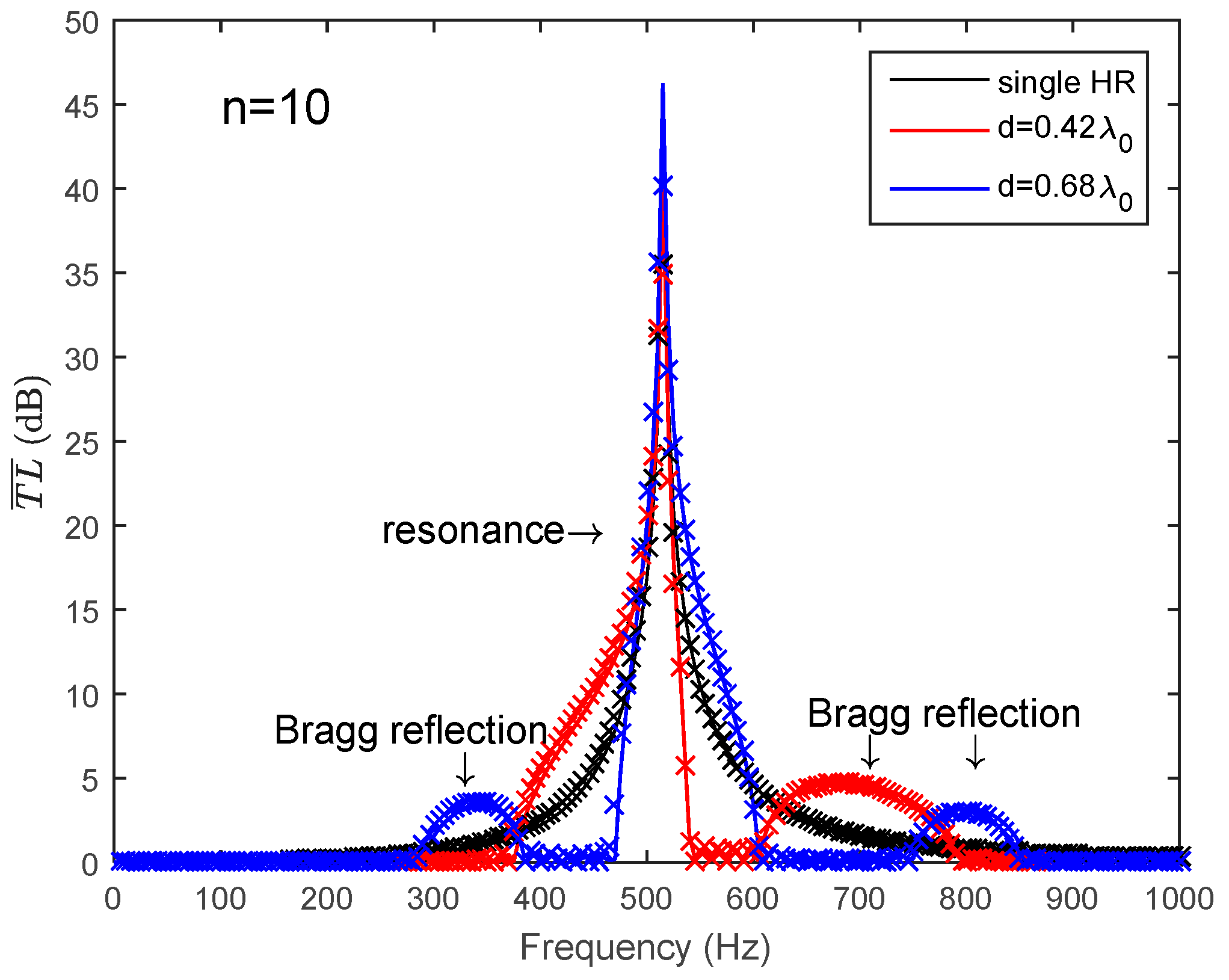
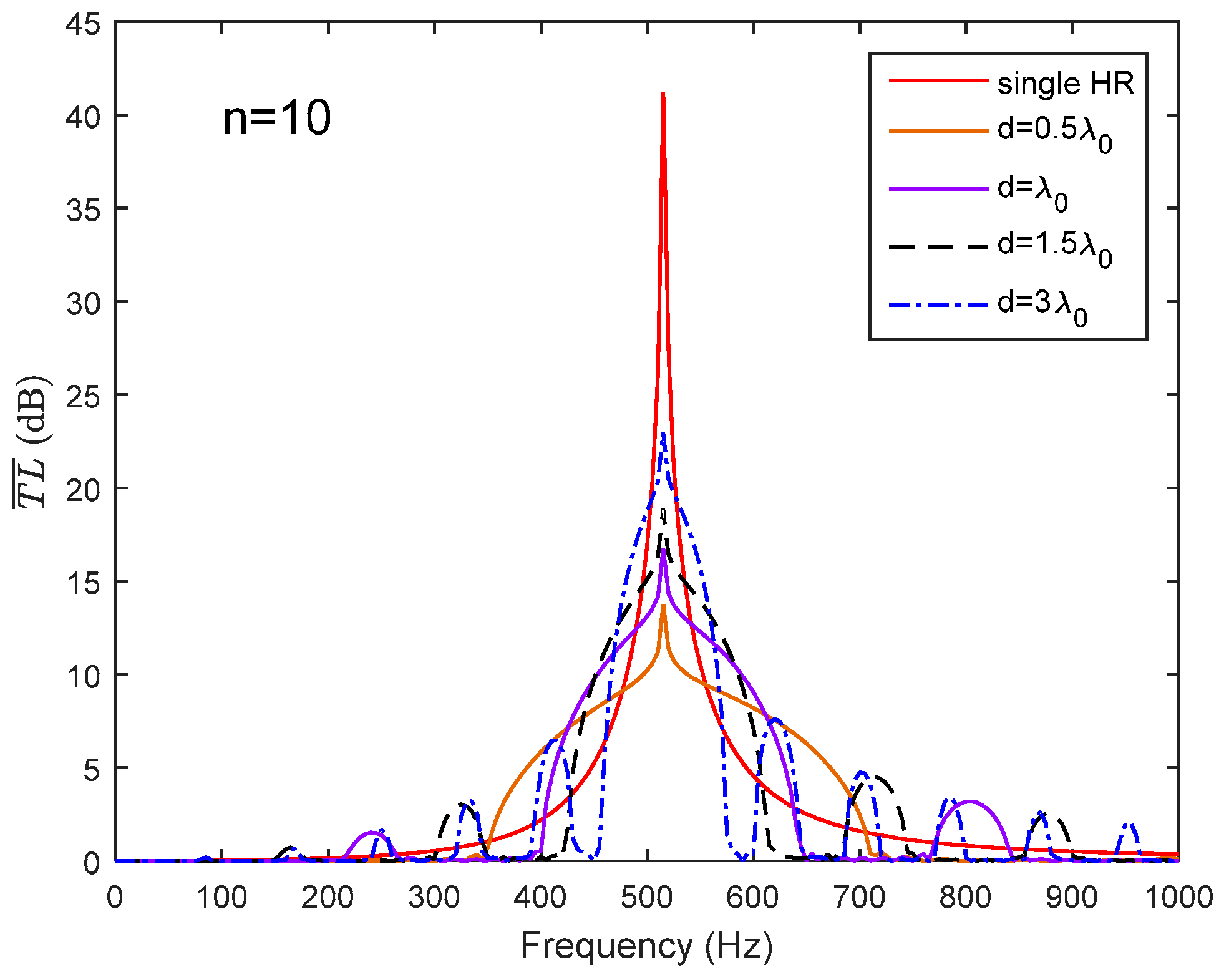
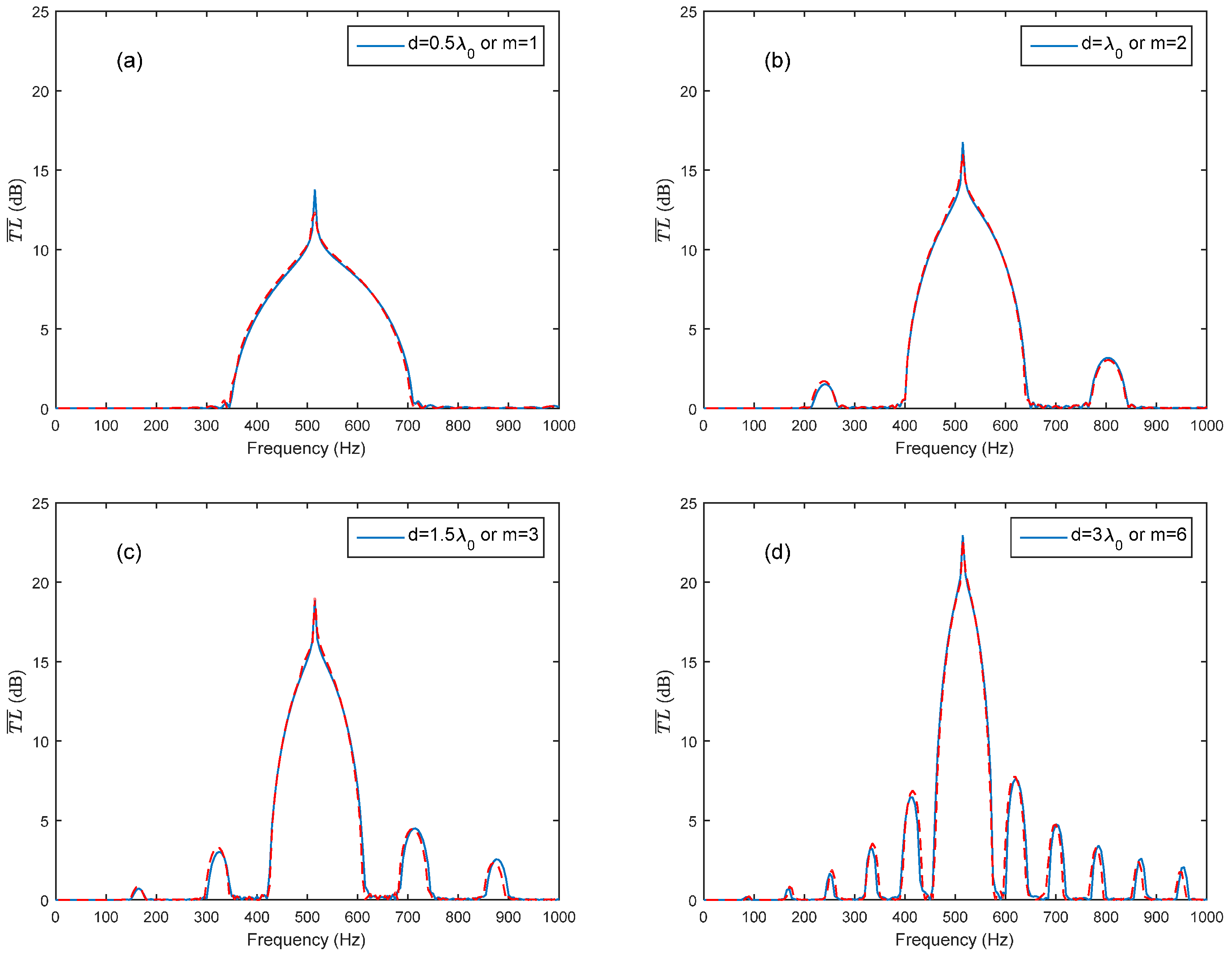
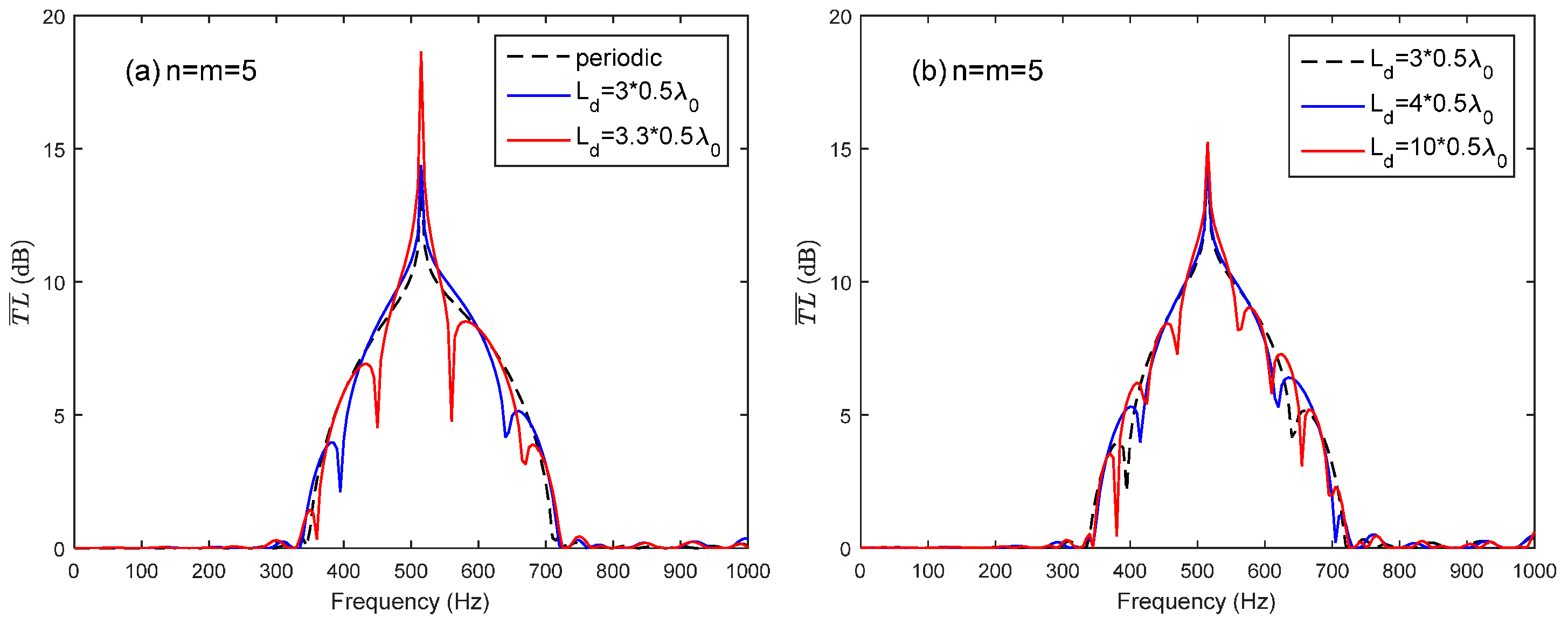
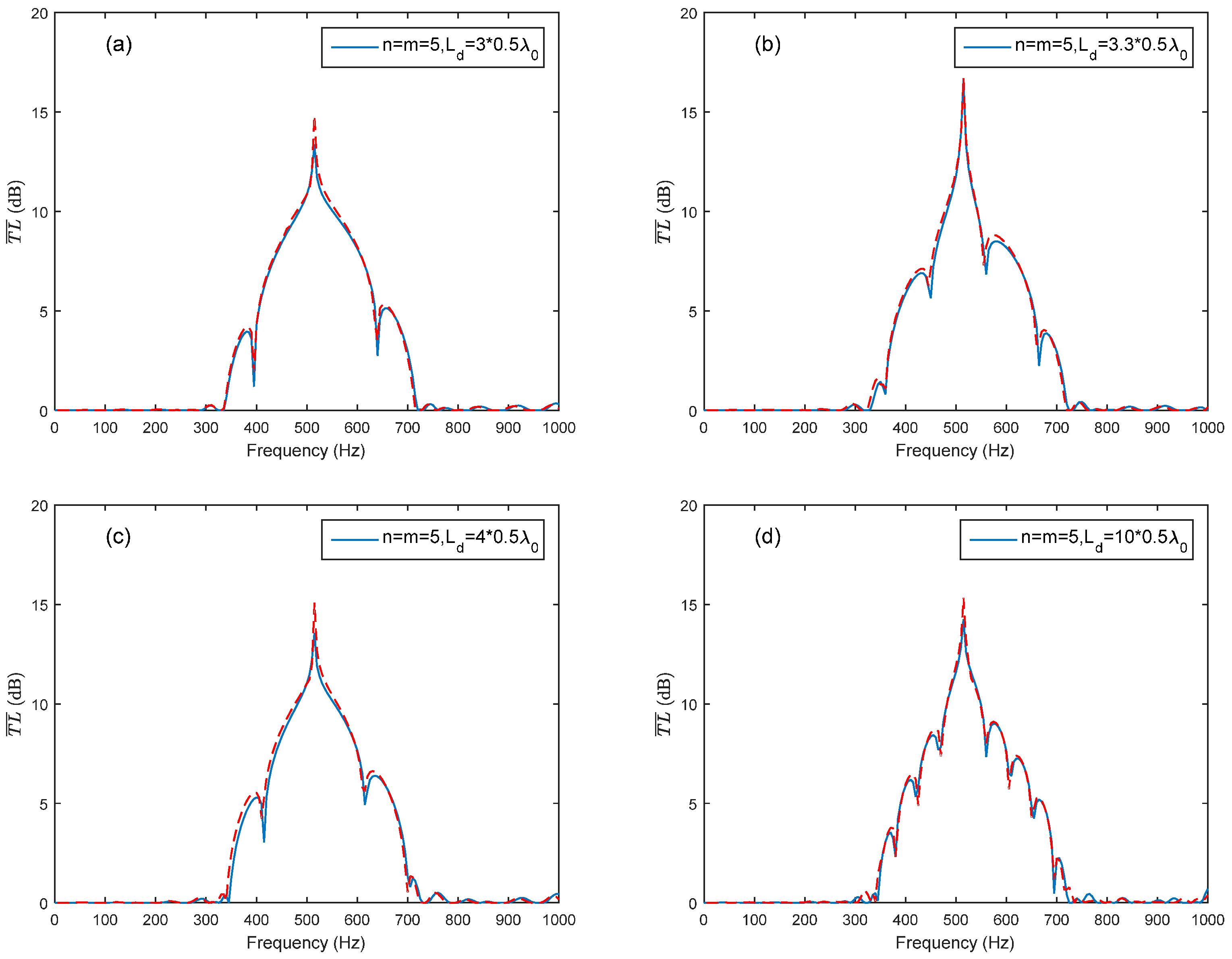
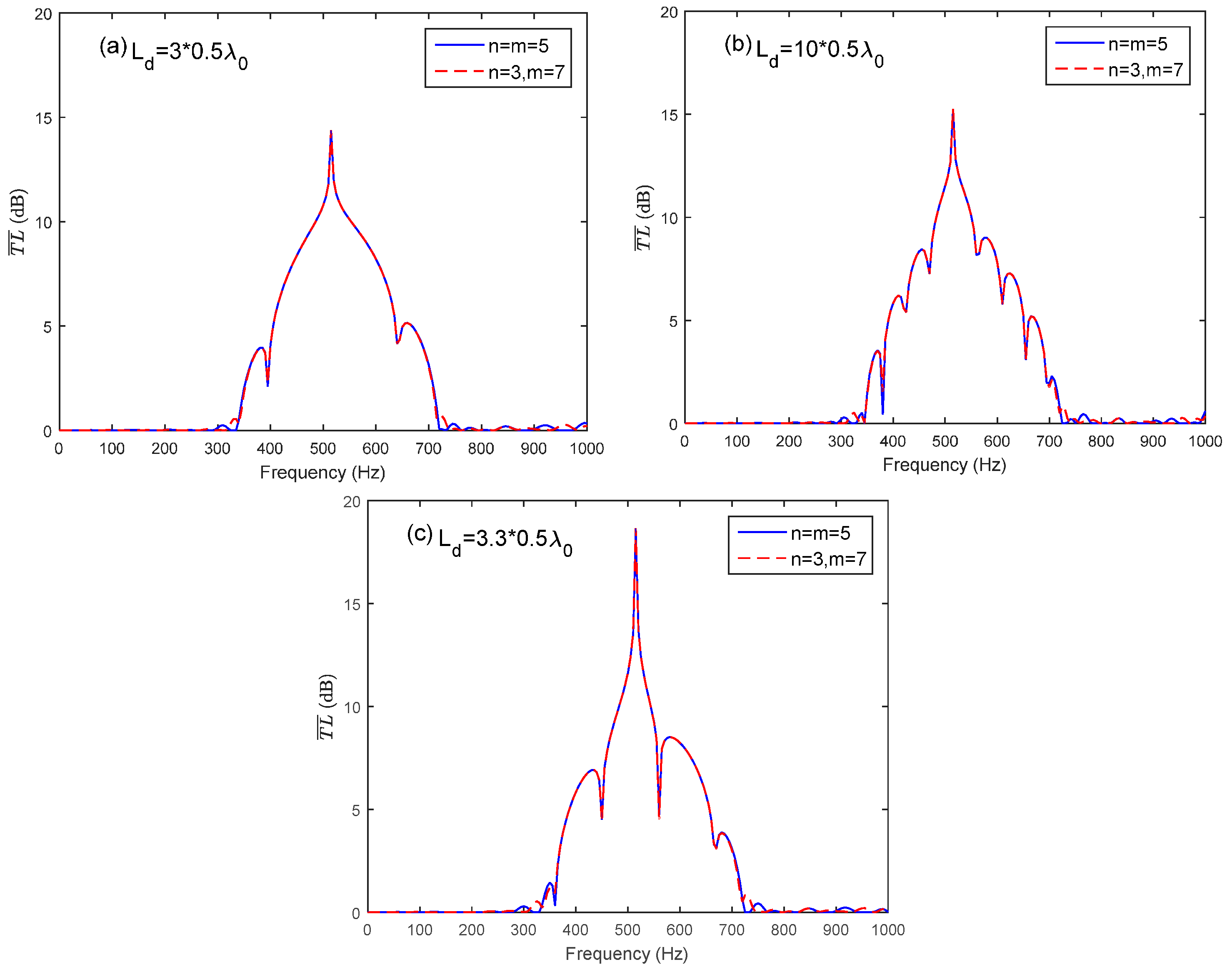

© 2017 by the authors. Licensee MDPI, Basel, Switzerland. This article is an open access article distributed under the terms and conditions of the Creative Commons Attribution (CC BY) license (http://creativecommons.org/licenses/by/4.0/).
Share and Cite
Wu, D.; Zhang, N.; Mak, C.M.; Cai, C. Noise Attenuation Performance of a Helmholtz Resonator Array Consist of Several Periodic Parts. Sensors 2017, 17, 1029. https://doi.org/10.3390/s17051029
Wu D, Zhang N, Mak CM, Cai C. Noise Attenuation Performance of a Helmholtz Resonator Array Consist of Several Periodic Parts. Sensors. 2017; 17(5):1029. https://doi.org/10.3390/s17051029
Chicago/Turabian StyleWu, Dizi, Nan Zhang, Cheuk Ming Mak, and Chenzhi Cai. 2017. "Noise Attenuation Performance of a Helmholtz Resonator Array Consist of Several Periodic Parts" Sensors 17, no. 5: 1029. https://doi.org/10.3390/s17051029





